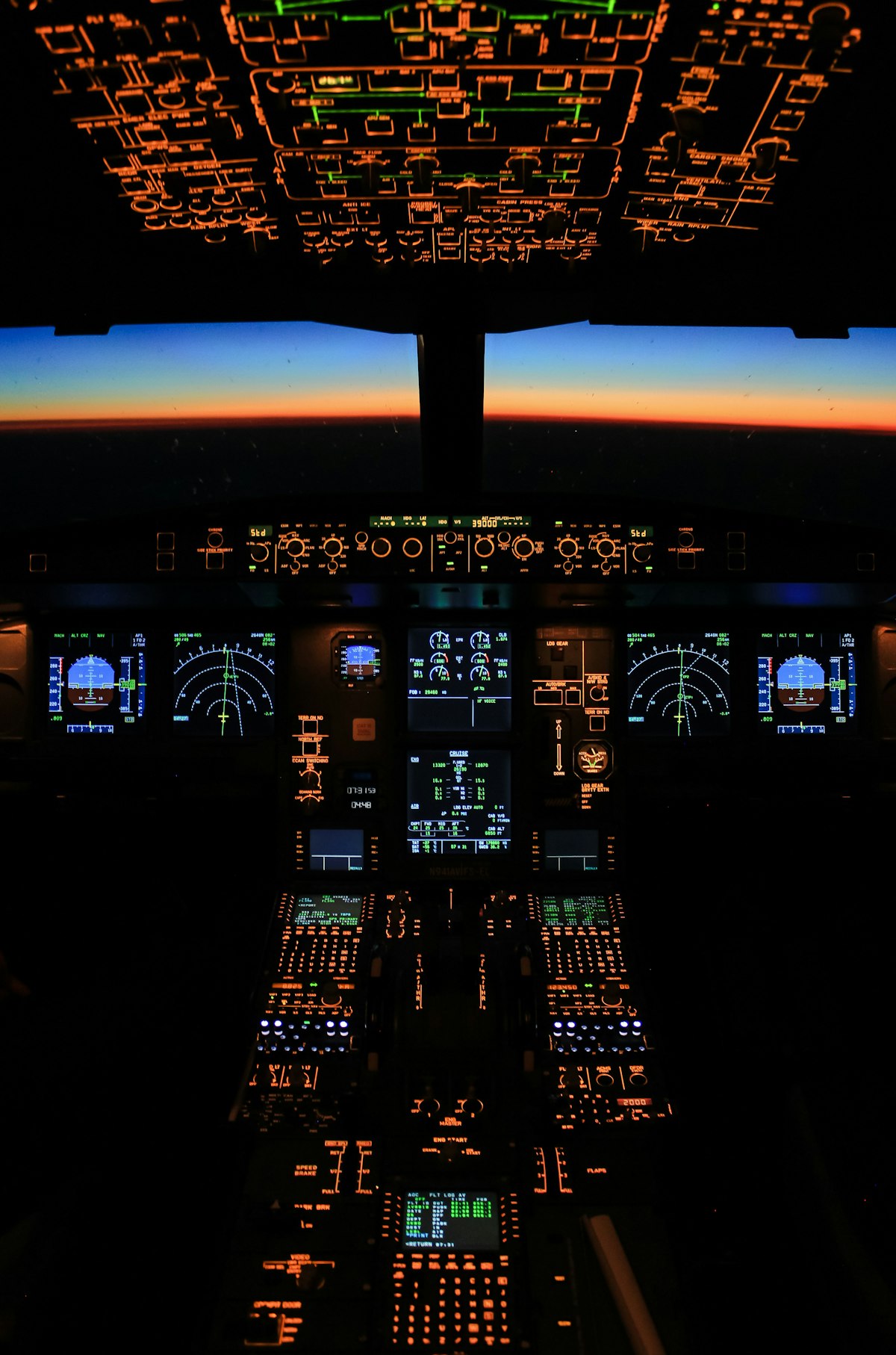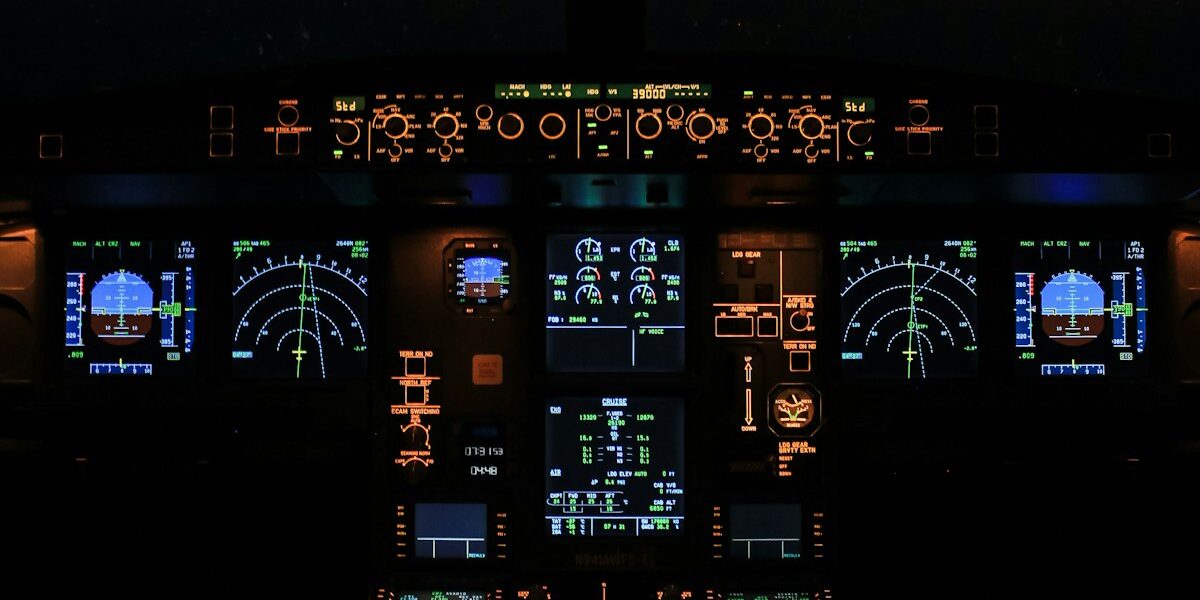Beyond ATC: The Future of Air Traffic Control and Aviation Safety
Air Traffic Control (ATC) has long been the backbone of aviation safety. Controllers manage the complex choreography of thousands of flights daily. With the advent of new technologies and increasing flight demands, the traditional ATC systems are evolving. This transition promises enhanced safety and efficiency. Understanding these innovations is crucial for both industry professionals and the general public.

Automation and AI in ATC
Automation and Artificial Intelligence (AI) are becoming integral to ATC operations. Automated systems can handle repetitive tasks, reducing the workload on human controllers. AI systems analyze large datasets to provide real-time decision-making assistance, optimizing flight paths and minimizing delays. Key technologies include machine learning algorithms that predict traffic patterns and potential conflicts.
Satellite-Based Navigation
Satellite-based navigation is replacing traditional radar systems. The Global Positioning System (GPS) and other satellite constellations offer more precise location data. This allows for tighter spacing between aircraft, increasing the capacity of airspace. The Automatic Dependent Surveillance-Broadcast (ADS-B) system enables aircraft to broadcast their position, speed, and other data to ATC and other aircraft, enhancing situational awareness.
Digital Communication Systems
Traditional radio communication is being supplemented by digital systems. Controller Pilot Data Link Communications (CPDLC) allow text-based messages between pilots and controllers. These systems reduce the potential for miscommunication and free up radio frequencies for more critical uses. Additionally, digital systems can handle more complex instructions, reducing ambiguity.
Remote Towers and Virtual ATC
Remote towers use high-definition cameras and sensors to provide a 360-degree view of the airport from a centralized facility. This setup reduces the need for physical towers at every airport. Virtual ATC systems can manage multiple airports from a single location. These innovations lower costs and increase operational flexibility, especially for smaller airports.
Integration with Unmanned Aerial Systems (UAS)
The rise of drones and other unmanned aerial systems (UAS) requires integration into existing ATC frameworks. Establishing corridors and specific airspace for UAS operations helps prevent conflicts with manned aircraft. Technologies like geofencing and sense-and-avoid systems ensure safety. Coordinated efforts between ATC and UAS operators will be vital as drone use expands.
Collaborative Decision Making (CDM)
Collaborative Decision Making (CDM) involves stakeholders in the aviation industry working together to manage air traffic flow. Airlines, airports, and ATC share data and coordinate decisions. This collaboration leads to more efficient flight planning and reduced delays. Enhanced data-sharing platforms are key to successful CDM, enabling real-time updates and adjustments.
Environmental Considerations
ATC systems are increasingly focusing on environmental sustainability. Optimizing flight paths to reduce fuel consumption lowers greenhouse gas emissions. Continuous Descent Approaches (CDAs) allow aircraft to glide towards the runway, reducing noise pollution. Incorporating environmental metrics into ATC decision-making processes will be crucial for the industry’s future.
Human Factors and Training
Despite technological advancements, human controllers remain essential. Training programs are evolving to include simulations and virtual reality tools, helping controllers adapt to new systems. Understanding human factors, such as cognitive load and stress, is critical for designing interfaces and procedures that enhance performance. Continuous professional development ensures controllers stay updated with technological changes.
Cybersecurity in ATC
The increasing digitization of ATC systems raises cybersecurity concerns. Ensuring the integrity and confidentiality of ATC data is paramount. Implementing robust cybersecurity measures, including encryption and regular system audits, is essential. Collaboration between aviation authorities and cybersecurity experts is necessary to protect critical infrastructure from threats.
Legislative and Regulatory Changes
Technological advancements in ATC require updates to regulations and policies. International coordination is essential to ensure seamless global operations. Regulatory bodies must work with industry stakeholders to develop standards that accommodate new technologies. These changes should foster innovation while maintaining high safety standards.
The Role of Research and Development
Ongoing research and development are vital for the continuous improvement of ATC systems. Universities, private companies, and government agencies are collaborating on projects that push the boundaries of current technologies. Research topics include advanced AI algorithms, next-generation communication systems, and sustainable aviation practices. Funding and support for R&D initiatives will drive the future of ATC forward.
Public Awareness and Education
Educating the public about advancements in ATC and aviation safety is important. Increased awareness can lead to greater public support for necessary investments and regulatory changes. Informative campaigns and transparent communication from aviation authorities can demystify the complexities of ATC systems. Engaging the public through educational programs and media coverage can foster a deeper understanding of the aviation industry’s challenges and innovations.
Conclusion
Advancements in air traffic control are shaping the future of aviation. Automation, AI, and digital communication systems improve efficiency and safety. Satellite-based navigation and remote towers enhance operational capabilities. Integration with unmanned aerial systems and collaborative decision-making optimize airspace management. Environmental considerations and human factors remain critical. Cybersecurity, legislative changes, and ongoing research drive progress. Public awareness ensures support for these advancements. Staying informed about these developments is essential for understanding the future of aviation safety.




Subscribe for Updates
Get the latest articles delivered to your inbox.
We respect your privacy. Unsubscribe anytime.